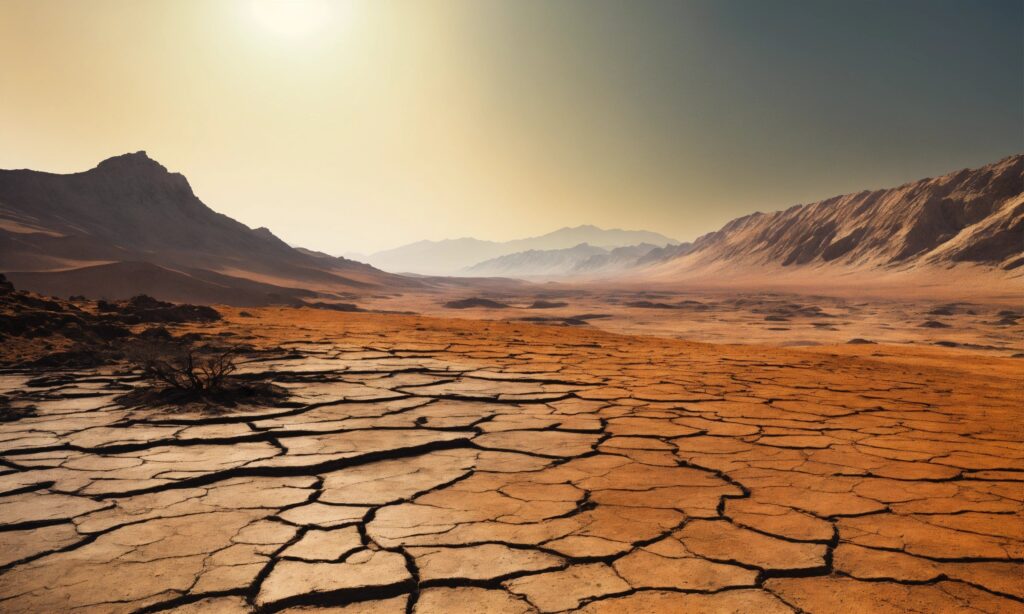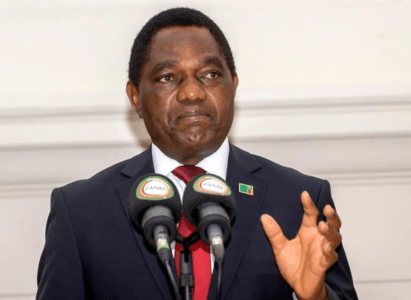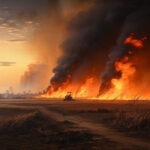Zambia, a country already facing economic challenges, is now in the grips of a severe drought crisis. Over a million farming households have been affected by the combined impact of El Niño and climate change, leading President Hakainde Hichilema to declare a state of national disaster and emergency. Urgent action is needed to mitigate the devastating effects of this crisis.
Impact of Climate Change on Farming in Zambia
The drought in Zambia has affected 84 out of its 116 districts, causing massive damage to agriculture. Approximately 1 million hectares of maize, nearly half of the country’s planted area, have been destroyed, posing a serious threat to food security.
Government Response to the Crisis
In response to the crisis, the Zambian government has implemented several measures. It has restricted the export of maize and maize flour and deployed security personnel to prevent smuggling. President Hichilema has outlined a comprehensive plan, including adjustments to the 2024 budget and mobilization of humanitarian aid to support affected communities. Efforts to mitigate the power deficit and import and ration electricity are also underway.

Energy Crisis and Economic Challenges
The energy deficit in Zambia stands at a staggering 430MW, posing a significant threat to economic stability. With the mineral extraction sector consuming over half of the country’s power supply and the reliance on hydropower, diversifying energy sources has become imperative.
Regional and International Support
Neighboring countries are also facing similar weather challenges, highlighting the need for regional cooperation and support mechanisms. Zambia is in debt restructuring negotiations with its creditors, with recent agreements offering hope for economic stability. President Hichilema and public officials are urging private creditors to consider restructuring the country’s substantial external debt holdings.
Conclusion
As Zambia confronts this crisis, decisive action and international support are crucial. While the road ahead is uncertain, there is hope for mitigating the immediate impact of the drought crisis and building long-term resilience.
Click Here For More Latest Information
FAQs
- How has the drought crisis affected agriculture in Zambia?
- The drought has destroyed approximately 1 million hectares of maize, nearly half of the country’s planted area, posing a serious threat to food security.
- What measures has the Zambian government taken to address the crisis?
- The government has restricted the export of maize and maize flour, deployed security personnel to prevent smuggling, and outlined a comprehensive plan including adjustments to the 2024 budget and mobilization of humanitarian aid.
- What is the impact of the energy deficit on Zambia’s economy?
- The energy deficit, standing at 430MW, poses a significant threat to economic stability, particularly due to the reliance on hydropower and the mineral extraction sector consuming over half of the country’s power supply.
- How are neighboring countries affected by the drought crisis?
- Neighboring countries are facing similar weather challenges, highlighting the need for regional cooperation and support mechanisms.
- What is being done to address Zambia’s debt situation amidst the crisis?
- Zambia is in debt restructuring negotiations with its creditors, with recent agreements offering hope for economic stability. President Hichilema and public officials are urging private creditors to consider restructuring the country’s substantial external debt holdings.










